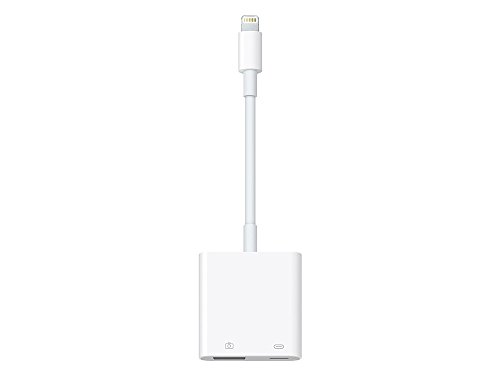My technical equipment for singing on Smule
This page was originally created because I was often asked on Smule how I managed to connect a professional vocal microphone for Smule. Since it seems that many of you are interested in this topic, I have collected my experiences on this website. Also pay attention to the other subpages of the Smule section! With a professional vocal microphone you can improve the sound quality on Smule, but since Smule is designed for ordinary headsets, there are some things to consider. Nevertheless, I hope that my personal experiences, which I gained over a long period of testing and trying, will help or even motivate some of you!
As one or two of you may have noticed, I do not sing Smule with a conventional smartphone headset. Instead, I use a large-diaphragm condenser microphone. Consumer headsets, on the other hand, often provide only a very modest, dull and noisy sound quality, and your voice does not look as good in the modest sound quality as Smule would.
Smartphones and tablets are by default not designed for professional music production, but at best for a clear sound of the speaking voice and for listening to music. Therefore, the possibilities are initially limited from home, which can be achieved with a smartphone or tablet in terms of the sound of the vocal part.
Professional microphones can not be connected to a standard 3.5 mm jack but usually require an XLR connector including 48V phantom power for an extended power supply. Therefore, a connection to a smartphone or tablet is impossible without appropriate additional hardware.
Older iPhones and most Android devices have a 4-pin 3.5mm jack connector. This special connection combines sound input and sound output for headsets. Newer iPhones have no direct 4-pin 3.5 mm jack connection, but only a Lightning or USB-C connection. Here you have to connect the adapter from Lightning to Jack. This was partly the devices when purchased in the packaging, to connect a conventional headset or headphones to the iPhone.
In my experience, it does not make much sense to try out other consumer headsets or microphones for Smule in hopes of getting better sound quality. In the consumer area is usually the headset that came with the smartphone when buying, best matched to the analog-to-digital converter of the smartphone. Most third-party headsets degrade the quality. A serious quality improvement can therefore only be achieved by connecting a professional vocal microphone with 48V phantom power, which requires an audio interface for its operation.
Audio-Interface to connect a professional microphone to the Smartphone / Tablet
To connect a (semi-)professional microphone to the 4-pin 3.5 mm jack of a smartphone or tablet, I bought the following analog audio interfaces for testing:
Currently I use the iRig Pre* to connect a vocal microphone directly. If I don't want to use a vocal microphone directly but via a mixing console, I use the Tascam iXZ Audio-Interface*. In addition to an XLR connector, the Tascam iXZ audio interface offers the option of connecting an upstream device with its own pre-amplification via a large jack plug.
On the front of the Tascam iXZ Audio Interface* there is an XLR connector to which a condenser microphone can be connected, for example. There is also a mode switch that can be set to Off, Instrument or Microphone. If it is set to Off, the device does not consume power. The device itself has no power supply, but is powered by two AA batteries* which is also used to supply the microphone with 48V phantom power. Here you should not forget to switch off the unit after use to avoid draining the batteries unnecessarily. If you want to connect a microphone directly to the audio interface, set the switch to microphone. If you want to connect the microphone indirectly to the audio interface via a mixer, set the switch to the instrument symbol.
Next to it is a switch for phantom power, which can be set to Off or On. Check in advance if you have a microphone that needs 48V phantom power and only switch the phantom power on in this case. If the phantom power is activated, a red LED will light up. If you don't connect the microphone directly to the audio interface, but to a mixing console in front of it, the phantom switch remains in the off position, because in this case the microphone must already be supplied with 48V phantom power via the mixing console.
On the far right is the input control for the volume. Always set it as loud as possible, but without making your recording sound distorted or overdriven when you sing more loudly. At the beginning try to set it to the middle position. If you hear scratching on the recording, turn it down. If the sound quality is rather modest, it may be because the sound was transferred with too low an input level, and turn it up a bit.
On the back of the phone there is a 3.5 mm jack plug which is plugged into the corresponding socket of the smartphone into which you have previously plugged your headset. Now the audio interface is connected here instead.
The iRig Pre audio-interface* has a switch for the positions Off, On (without phantom power) and 48V (with phantom power). Additionally, a gain control can be used to adjust the amplification. It is powered by an 9V block battery.
In addition to XLR connectors for the vocal microphone, all audio interfaces also have a separate jack for the headphone connection.
In my hardware setup I use an iPhone to sing with Smule. If you want to use an analog audio interface on an Android device, it must support the CTIA standard for headsets. If the Android device works with the OMTP standard for headsets, according to the manufacturer a jack adapter from OMTP to CTIA* necessary, which swaps pins 3 + 4. For Apple devices no adapter is necessary and the interface can be connected directly.
Most users have told me that an iPhone (6 or newer) gives the best sound quality in connection with the mentioned audio interfaces. Some Android devices (like many Samsung smartphones) are compatible, others are not.
In my experience, connecting a high-quality professional microphone to an appropriate audio interface increases clearly the sound quality of your vocals and voice with Smule as opposed to a consumer headset and also reduces background noise and muffled sound.
Which microphone is recommended for Smule?
With the variety of microphones available, it is very difficult to pick a particular concrete microphone out of the masses. Microphones differ fundamentally in their sound characteristics. The microphone influences the characteristics of your voice. And here the tastes differ.
Personally, I have used an AKG C4000B large diaphragm condenser microphone with 48V phantom power and XLR connector for over 15 years. In retrospect, it was definitely worthwhile to spend a little more for a microphone, considering the long period of use. The microphone hasn't been manufactured for a long time. Besides AKG, I also had good experiences with the brands Rode, Sennheiser, Shure and Neumann. I also like to use the Sennheiser E945 microphone, which is also very suitable for live vocals. But keep in mind that every manufacturer can have good as well as bad microphones in their assortment. A microphone also influences whether your voice sounds smokier or clearer. Make sure that your microphone has an XLR connection. A USB microphone cannot be used for Smule!
A small selection:
- Rode NT 1A* - large diaphragm condenser studio microphone (XLR-cable is included according to the description, but I only recommend the microphone separately without the mixer bundles!)
- AKG Perception 420* - large diaphragm condenser studio microphone (makes thin voices sound more powerful)
- Sennheiser E945* - a great microphone also for live performances
If you want to know more about it, you can find my compact overview of professional microphones here.
If you are currently considering whether it makes sense to switch to a professional microphone, I have summarized my personal experiences on the page "Do I sing better on Smule with headset or with microphone?". If you are considering using a vocal microphone with Smule, you should definitely read this article.
Are you considering switching to new hardware or planning to upgrade to equipment that will allow you to sound quality of your voice on Smule, you can find my experiences here: Recommended hardware setups for singing on Smule.
If you are not satisfied with a purchase - for example, if the microphone does not sound as you hoped - then use your return right!
Using a mixer for Smule
Does the use of a Smule mixer make sense?
What you need to know first: Smule supports only the audio jack input, but no direct Lightning or USB port of a mixer. The outputs of a mixer are also not compatible with the 4-pin 3.5 mm jack input of a smartphone or tablet. Even with a mixer you need a Smule-compatible audio interface like the Tascam iXZ. What is still possible: You can connect the main or monitor output of a mixer with the Tascam iXZ audio interface, so connect the mixer instead of the microphone there. Set Phantom to Off on the Tascam iXZ audio interface as well as the mode on instrument. For example, a mixer gives you the option to connect multiple microphones at the same time. Some mixing consoles also offer the option of incorporating sound effects. For example, a good dynamic range compressor effect can further enhance the sound quality of your voice if it is well tuned. In any case, I would advise against buying a mixer prematurely and instead recommend restricting yourself to the Tascam iXZ audio interface with a (semi) professional microphone with XLR connection and phantom power. Only when you have gained sufficient experience in this combination, the technically savvy among you can consider extending the setup to a mixer. The more technical equipment involved, the higher the probability of error sources.
Do not forget!
Do you want to switch from a consumer headset to (semi) professional microphone incl. Audio interface? You also need a XLR connection cable* for your microphone. In addition, depending on the microphone type, a stand with a corresponding microphone holder may also be useful.
Do you have your own experience with audio interfaces with Smule?
I would like to give Smule users an overview of which audio interfaces can be used with iPhone and Android devices on Smule. If you are singing with a professional microphone yourself, I would be very interested in your personal experience on the compatibility of audio interfaces for Smule on Android and iOS, in order to enable vocalists with less technical skills on Smule in the future.
More questions?
Please also consider that the purchase of technical products increases the complexity of your overall setup and you are up to the expected challenges! Only expand your setup if you have solved all technical problems with the existing setup.
If the article has not answered all questions, you can also contact me.
Note about affiliate links
*On this page, I share my personal experience with my own personal experience. If articles such as technical equipment are presented, this is not sponsoring by the manufacturer. Nevertheless, I reserve the right to put affiliate advertising links to shopping sites. In the case of product sales on the linked website, the website operator receives a small commission - of course, without the article for the buyer is thereby more expensive. Affiliate advertising links are marked with an appropriate *.
![]led+ringlicht+anditasten ]led+ringlicht+anditasten](https://m.media-amazon.com/images/I/41nrwFMRfnL._SL500_.jpg)


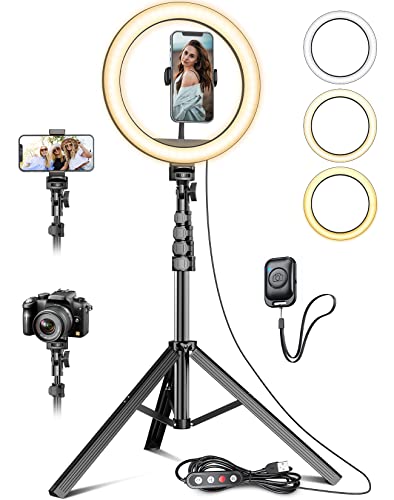


![]tascam_ixz ]tascam_ixz](https://m.media-amazon.com/images/I/41OO01g1jOL._SL500_.jpg)


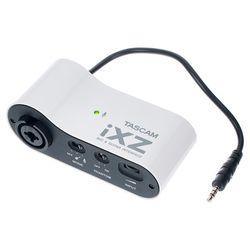


![]helicon_govocal ]helicon_govocal](https://m.media-amazon.com/images/I/31jDHq69AHL._SL500_.jpg)


![]audiointerface_steinberg_ur22_mk2 ]audiointerface_steinberg_ur22_mk2](https://m.media-amazon.com/images/I/51KHG9NwYnL._SL500_.jpg)

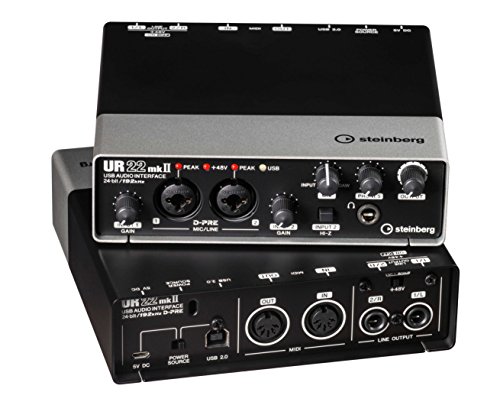

![]km_mikrofonstativ ]km_mikrofonstativ](https://m.media-amazon.com/images/I/21Sd4NTFS+L._SL500_.jpg)


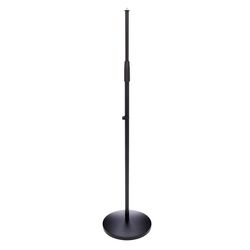
![]yamaha_ag06mk2 ]yamaha_ag06mk2](https://m.media-amazon.com/images/I/41tiKgEQwKL._SL500_.jpg)



![]adapter_klinke_auf_lightning ]adapter_klinke_auf_lightning](https://m.media-amazon.com/images/I/21oM9VHgPHL._SL500_.jpg)

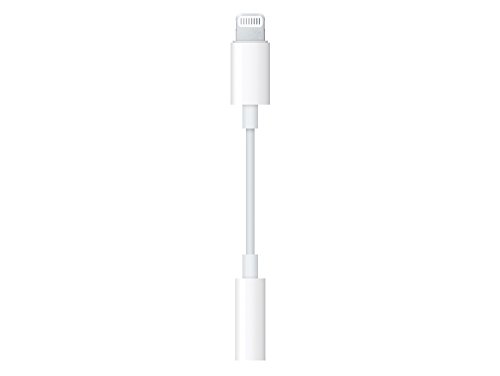
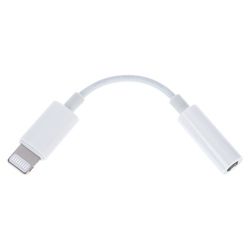
![]adapter_apple_camera_kit ]adapter_apple_camera_kit](https://m.media-amazon.com/images/I/21vSG5ay-dL._SL500_.jpg)


